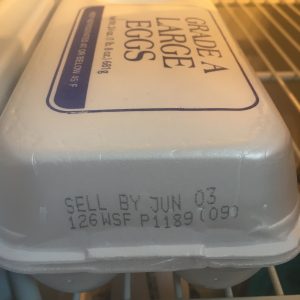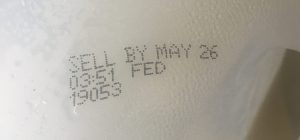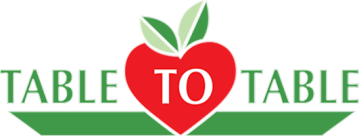Use By-Best By-Sell By: What does it mean?
“What does this sell by date mean on my jug of milk? Can I still use it in my breakfast cereal, or is it past the point of no return?”
The Bottom Line
Manufacturers want grocers to turn their product. Grocers don’t want returns or complaints on food that’s lost some of its “ooomf”. Consumers want some guidance on how long their food will be good. All of these are reasons for offering food dates, but it may not be a reason for throwing food away.
According to USDA Food Safety and Inspection Service (1):
- A “Best if Used By/Before” date indicates when a product will be of best flavor or quality. It is not a purchase or safety date.
- A “Sell-By” date tells the store how long to display the product for sale for inventory management. It is not a safety date.
- A “Use-By” date is the last date recommended for the use of the product while at peak quality. It is not a safety date except for when used on infant formula
- A “Freeze-By” date indicates when a product should be frozen to maintain peak quality. It is not a purchase or safety date.
Did you notice a common theme in those definitions? “It is not a safety date…”
So, your best-by date on canned green beans? If you’re a year past your date and there’s no damage to your can, your beans may just taste a little less green-beany. 
And since a sell-by date is all about inventory management for a grocery store and not your fridge, you may be able to eat those eggs for a month or so after their sell-by date.
Food dates are just one reason that consumer behavior leads to a loss of ~20% of all the food produced in the United States. Read more about the 5 things YOU can do to reduce food waste in your own home.


